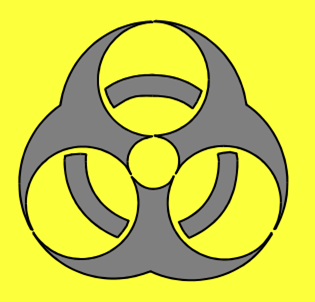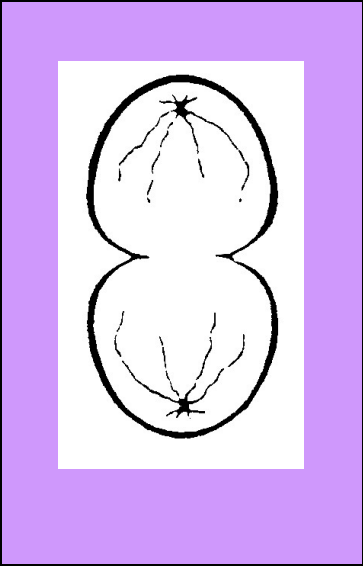Managing clinical and related industrial waste is complex. We appoint accredited consigners to support businesses to meet their waste duties.
This is a summary of how to meet your duties under the Environment Protection Act 2017 when you:
- identify, segregate, label and package clinical waste for different treatments
- store clinical waste appropriately
- transport or allow the transport of clinical and related industrial waste.
For more information, refer to:
- information on managing clinical and related industrial waste at the Department of Health website
- Industry code of practice: Managing biohazardous waste (including clinical and related wastes) from Biohazard Waste Industry Australia and New Zealand.
Identify, segregate, label and package clinical waste
To meet the general environmental duty and waste duties, you should properly identify, segregate, package and label clinical and related industrial waste for treatment. This is to make sure:
- you minimise risk to waste handlers and the community
- the waste is sent to be treated by the appropriate process
- the waste goes to a place authorised to receive it.
Identify clinical and related industrial waste by colour coding. Separately package and label it according to its appropriate treatment as shown in the table.
| Waste types | Incineration | Autoclave without shredding | Autoclave and shredding | Hypochlorite and shredding | Peroxide, lime and shredding | Microwave shredding |
| Sharps | Yes | No | Yes | Yes | Yes | Yes |
| Clinical | Yes | Yes | Yes | Yes | Yes | Yes |
| Human tissue | Yes | No | No | No | No | No |
| Recognisable anatomical body parts | Yes | No | No | No | No | No |
| Cytotoxic | Yes | No | No | No | No | No |
| Pharmaceutical | Yes | No | No | No | No | No |
| Chemical | No | No | No | No | No | No |
Identify and label clinical waste that can be treated by all technologies by:
Colour code | Wording on container | Sign | Symbol |
| Yellow | Clinical waste (displayed on at least 2 sides) | Black biological hazard |
If the clinical waste is not going to be incinerated, you need to separate any pharmaceuticals, animal carcasses and human tissue. This waste needs to be separately packaged, identified and excluded from the treatment process.
Identify and label clinical waste that can only be treated by incineration by:
| Colour code | Wording on container | Sign | Symbol |
| Yellow body and orange lid | Clinical waste (displayed on at least 2 sides) | Black biological hazard |
Identify and label cytotoxic waste by:
| Colour code | Wording on container | Sign | Symbol |
| Purple | Cytotoxic waste (displayed on at least 2 sides) | Cell undergoing telophase in white |
Package cytotoxic waste inside puncture-resistant, leak-proof containers. The Code of Practice states that only purple containers are used for disposing of cytotoxic sharps waste.
Ask your waste contractor for specific requirements about container types, colours and wording. All sharps and other waste containers should meet the specific Australian Standards requirements.
Store clinical waste
To meet the general environmental duty, store your waste in a way that eliminates or reduces the risk of harm so far as reasonably practicable.
You can store small quantities of clinical and related industrial waste in:
- 120-litre or 240-litre wheelie bins
- waste containers placed on a tray that has sides to hold in any potential spills.
Cover bins to stop water and vermin getting in.
Do not store clinical and related industrial waste in plastic liners placed directly on the floor.
Transport clinical and related industrial waste
These duties apply to transporting clinical and related industrial waste off site:
- duty of persons involved in transporting industrial waste
- duties of persons receiving industrial waste
- duty to notify us of transaction in reportable priority waste
- duty of persons transporting reportable priority waste.
Make sure you understand how to meet your legal duties when transporting or allowing the transport of clinical or related industrial waste.
Updated



